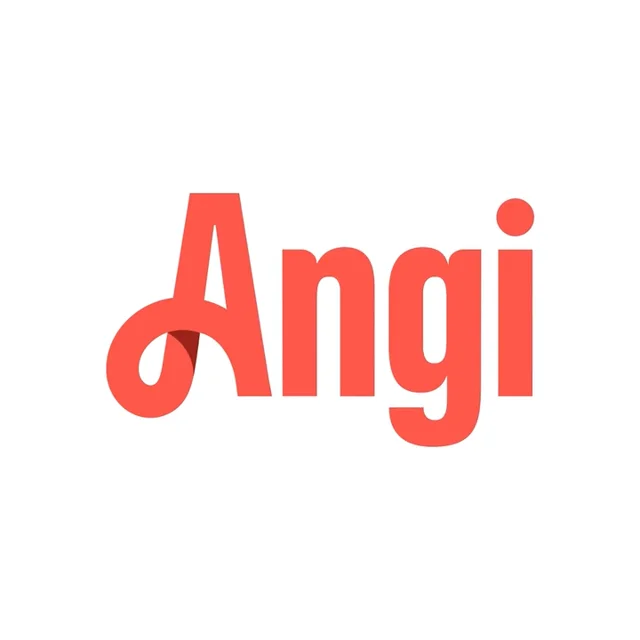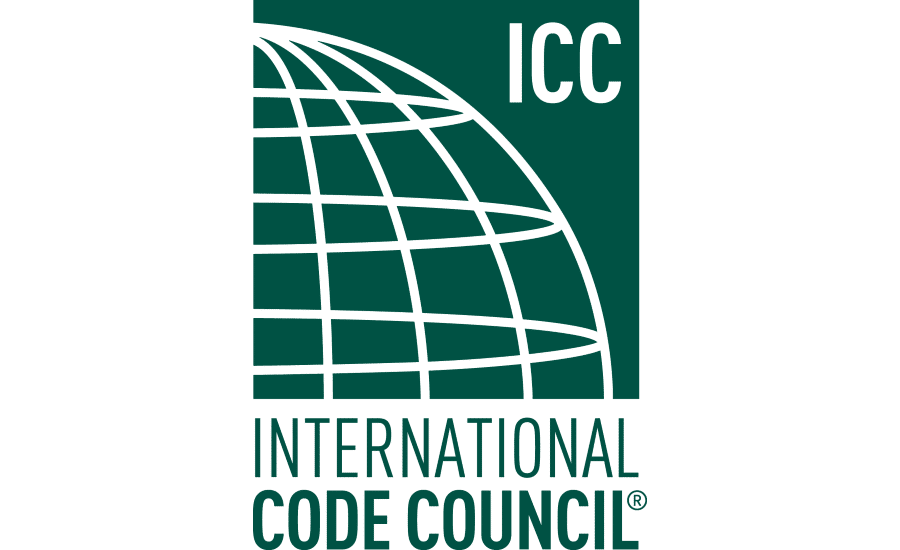Chimney-Fireplace-Inspection
Chimney Inspections are a key part of fireplace and chimney maintenance. At A-1 Safety Chimney Service we offer all 3 levels of inspections recognized by the National Fire Protection Association. All our fireplace sweeps come with a complementary Level 1 inspection for peace of mind.
When does a Chimney or Fireplace need to be inspected?
The short answer is once a year. The truth of the matter is it depends on many different factors. Depending on these factors also dictates which level of inspection is needed.
A level 1 inspection should be performed once a year or with every cleaning of the system. Level 2 inspections should be done when buying or selling a home. When switching fuel types (wood to gas or gas to wood). After experiencing a chimney fire or any other destructive event. Level 3 inspections are usually reserved for inspecting aspects of the system that are not accessible.
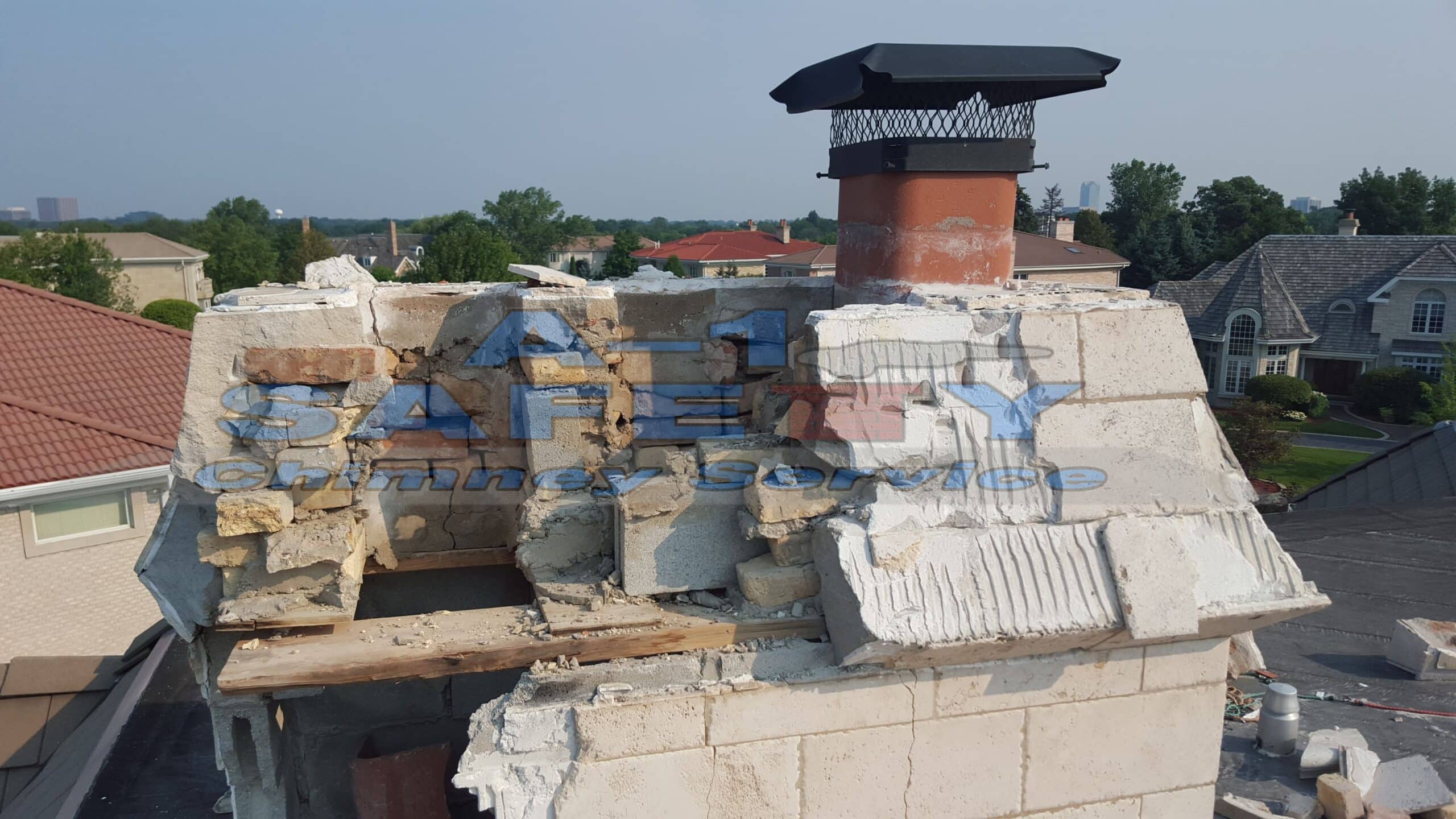

What is looked at during a Level 1 Chimney Inspection?
When performing a level 1 chimney and fireplace inspection all readily accessible areas of the system are inspected. During the inspection any readily accessible clearances to combustibles will be inspected. We will also inspect visible areas of the smoke chamber, damper, firebox, chimney flue, exterior structure, flue caps, masonry, chimney chase, chase cover, flue collars, flashing, and all other readily accessible areas of the system.
Though getting on the roof is not technically part of a level 1 inspection, we do. At A-1 Safety Chimney Service we will access roofs during our chimney sweeps and inspections. This is of course if it can be done safely.
During chimney and fireplace inspections digital pictures and documentation of our findings will be taken. When the inspection is complete our Nationally Certified Technician will go over his findings with you.
What is looked at during a Level 2 Chimney Inspection?
When performing a Level 2 chimney and fireplace inspection the accessible areas of your system will be inspected. The chimney inspector will look at all the areas mentioned above for the level 1 inspection but will go a bit further. During level 2 inspections a CCTV camera device will be fed up the flue of the chimney. This will ensure that there are no breaks or separations in the flue of the system. The chimney inspector will also assess any areas of the system that can be accessed without harming the system.
At A-1 Safety Chimney Service we will provide the video that was taken of your system upon request. Furthermore, all videos, pictures, and documentation will always be stored on our system. Our Nationally Certified fireplace inspector will go over his findings when complete.
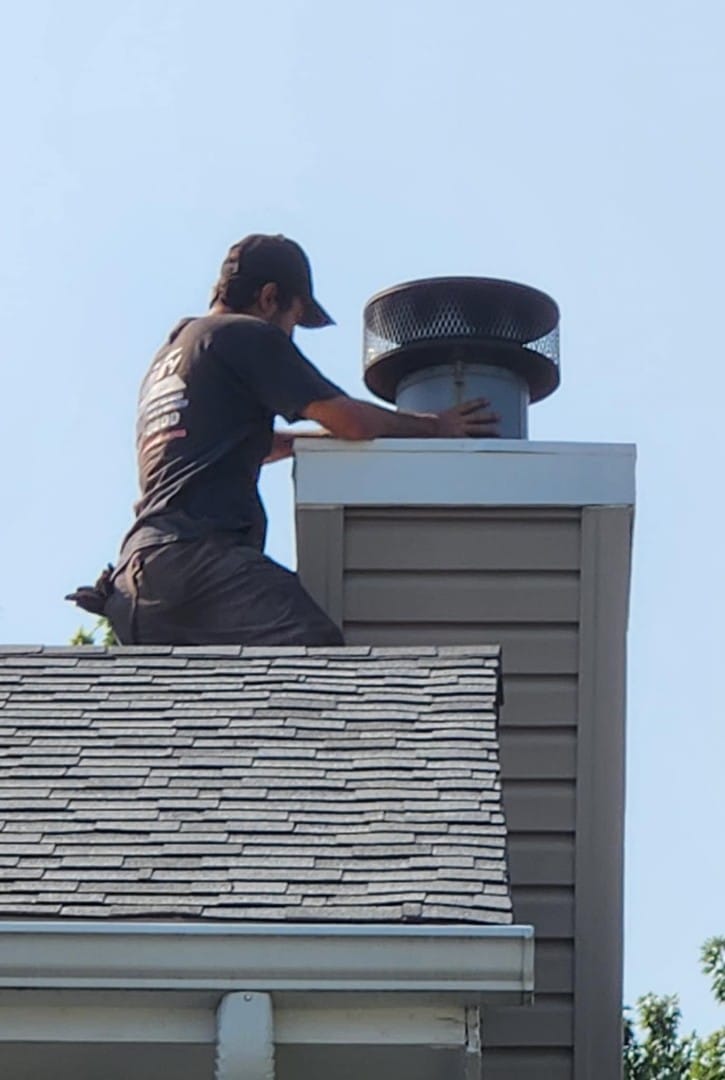
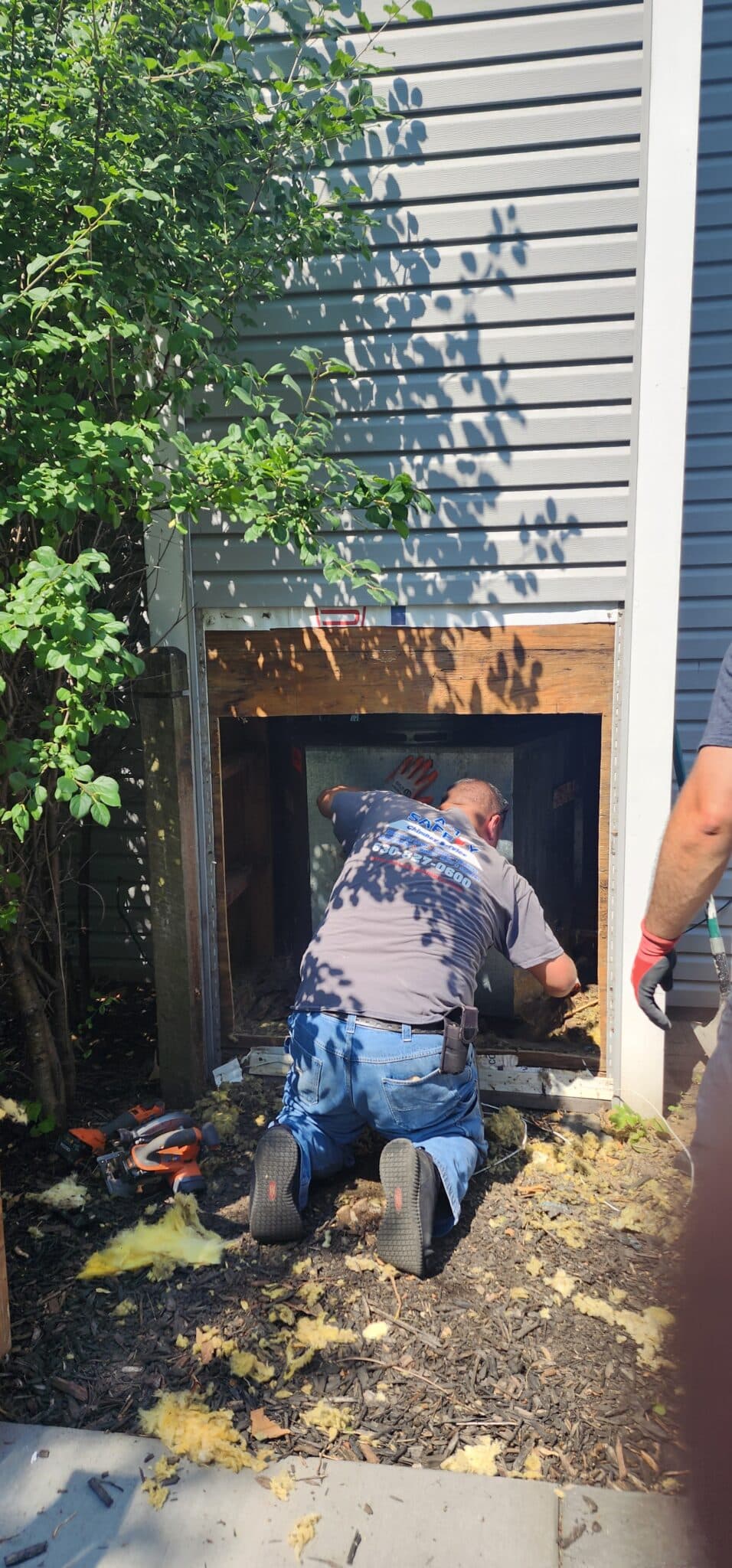
What is looked at during a Level 3 Chimney Inspection?
So, this one is a bit different. A level 3 chimney and fireplace inspection are needed when we need to look at something that is concealed. During level 3 inspections the chimney inspector will be gaining access to something by the means of cutting or breaking. Level 3 inspections are used when needing to gain access to an area of the system that requires opening walls, floors, ceilings, etc. Anytime concealed areas are opened on the system you are talking about a level 3 inspection.
Level 3 inspections are only performed in extreme cases and are not the norm. Once we have exhausted all the areas covered by level 1 and 2 will we advise a level 3. If you would like more information on the levels of inspection, please check out the Chimney Safety Institute of America.
Who inspects Chimneys and Fireplaces?
If you are googling chimney inspection near me, fireplace inspection near me, look no further. At A-1 Safety Chimney Service we offer all 3 levels of Inspection. With over 35 years of service and over 200 years of combined expertise you can count on us. If you have any questions about our services or would like to schedule, please reach out today. Check out all the areas we proudly service in the Chicagoland area and surrounding suburbs.




